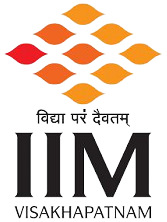ICAR-NATIONAL INSTITUTE OF SECONDARY AGRICULTURE
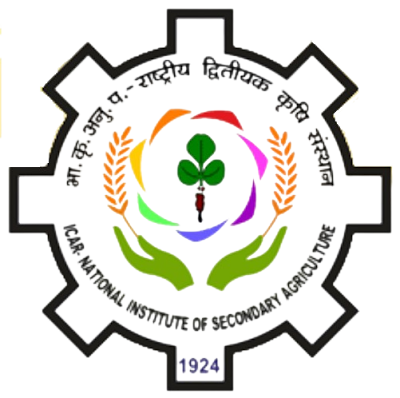
ICAR-NATIONAL INSTITUTE OF SECONDARY AGRICULTURE The emblem of ICAR-National Institute of Secondary Agriculture (NISA) has a gear wheel with thick black outline housing the motifs of a pod, trifoliate stem, flower, stem with pollens, and two supporting hands and its name in Devanagari and English with its year of inception. The motifs represent the secondary agricultural produces like gum, resins and aqua produces and the gear wheel represents the processing and converting into usable products for consumption.
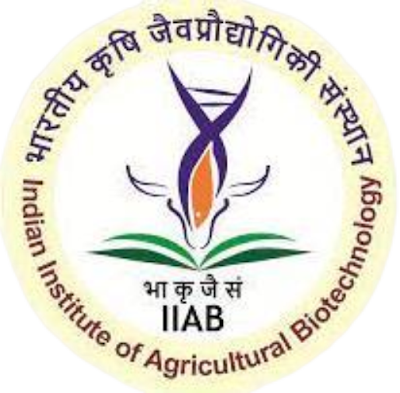
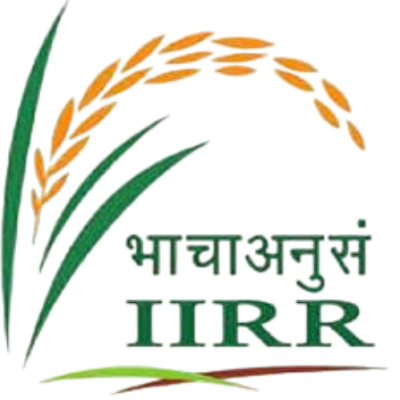
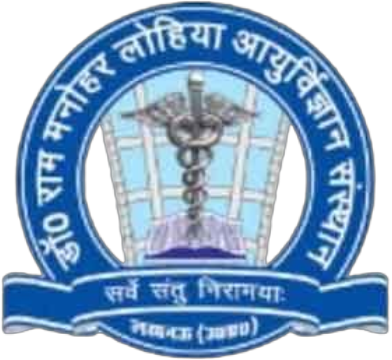






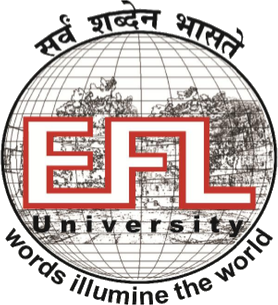


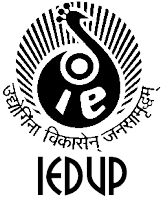
.png)

